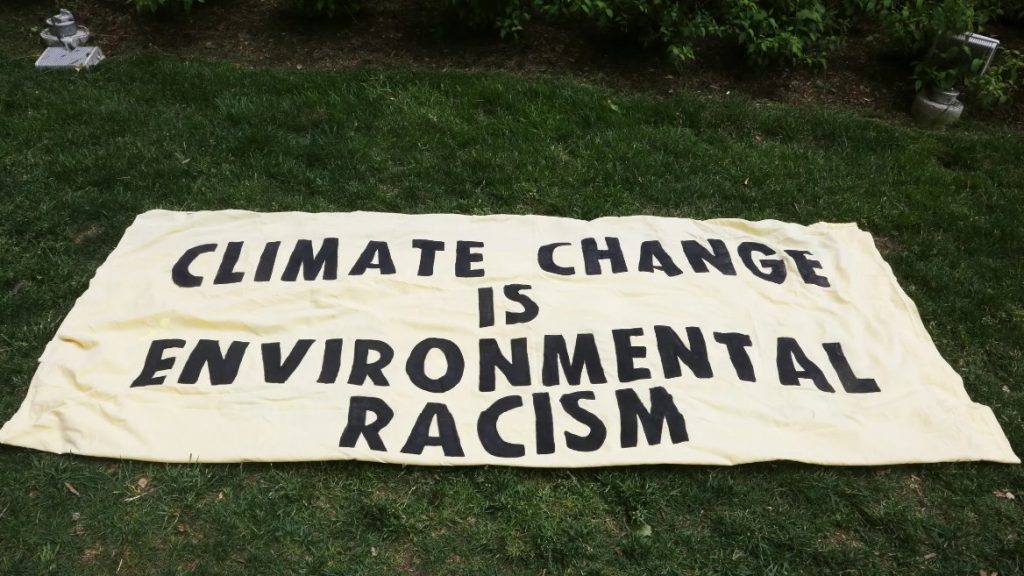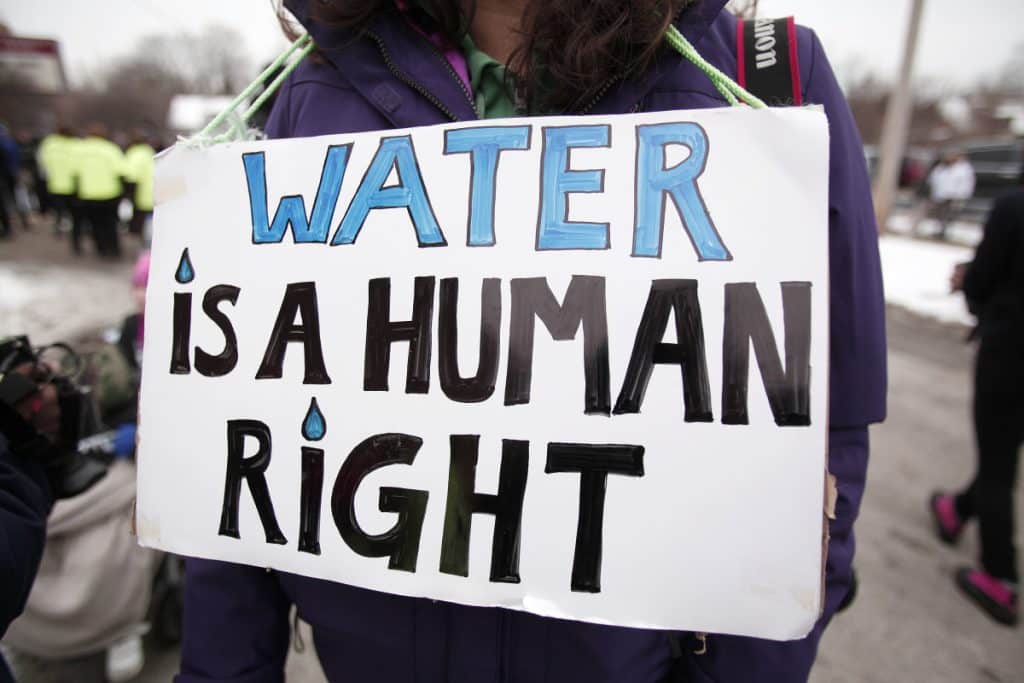Multicultural Marketing
From Highways to High Water: Environmental Racism Isn’t Just about Climate Change
- June 10, 2024
- Written by Jessica Garza
Unless you’ve lived under a rock for the last decade, you’ve heard more and more discussion of systemic racism – that is, policies and practices that by design or by “coincidence” disproportionately affect historically marginalized communities. Systemic racism takes many forms, but one of the most profound is environmental racism. When we say environmental racism, it’s important to note that we’re not just using the term “environmental” in the everyday green sense of pollution and, climate change. We’re also talking about things in the everyday environment that affect neighborhoods and homes where people of color live, the food they eat, and their health. Things that very frequently involve the trade-offs made when policies that are beneficial to the community as a whole will have negative effects on some people, somewhere.

For example, the Interstate Highway System is regularly heralded as one of the major accomplishments of the Eisenhower Administration, linking cities, facilitating travel, and serving as the backbone of the U.S. supply chain. But linking cities with new roads meant building new roads. And when it came time to decide where to build them, in city after city the answer was the same: in predominately Black and Latino neighborhoods. Thriving communities were bisected and destroyed by highway construction, contributing greatly to the “urban blight” of the 1960s, 1970s, and 1980s.

The motivation to bulldoze marginalized neighborhoods wasn’t purely based on ethnic animosity, although that was certainly a factor in many cases – economics also played a role (and gave cover for more explicitly racist motivations). Marginalized communities have of course suffered economically as well as politically and legally, and the result of both legal and unofficial segregation policies has been that they have lived in less desirable areas. In some cases, that has resulted in physical harm as well as economic disadvantage. New Orleans serves as a prime example. When Hurricane Katrina devastated New Orleans in 2005, the Ninth Ward was among the hardest hit parts of town and also one of the slowest to recover – a repeat of the experiences of St. Bernard and Plaquemines Parishes during and after the 1927 flood. Man-made disasters also disproportionately affect disempowered communities, as in the infamous case of Flint, Michigan.

Directly addressing policy may be beyond the power of a marketing campaign – but both clients and advertisers can still help combat environmental racism. We can raise awareness of course, but why stop there? Let’s portray survivors of natural disasters and other disturbances that disproportionately affect marginalized communities in a more sympathetic light than the “looters” of common perception. Let’s amplify their voices so they can lead discussions about the challenges they face and the solutions they have to offer on topics from biodiversity to climate change to housing—for example, despite being routinely disregarded in climate change conversations, Indigenous Peoples manage and conserve 80% of the world’s remaining biodiversity. Let’s help clients understand what more they can do to combat environmental racism, by making them aware of their customers’ (particularly their younger customers’) desire for meaningful action. Let’s put our talent for persuasion towards a more inclusive America with a better environment for us all. PACO can help you do these things – give us a shout so we can talk about how.






